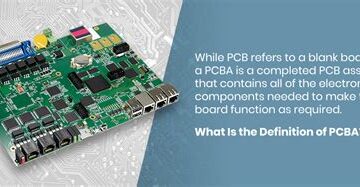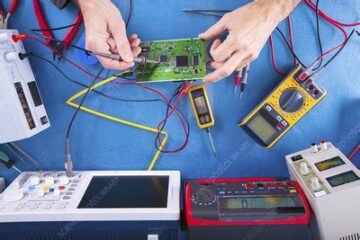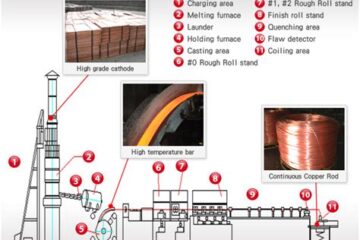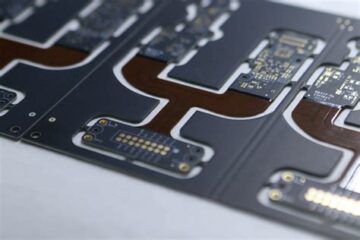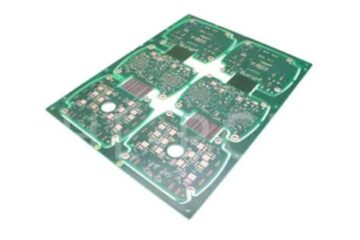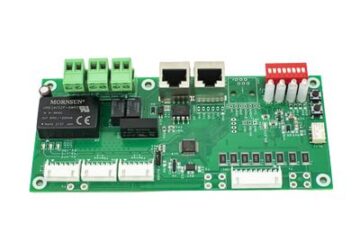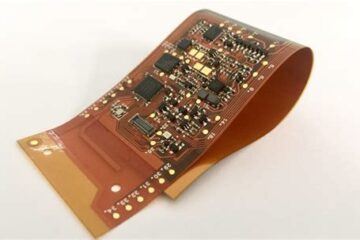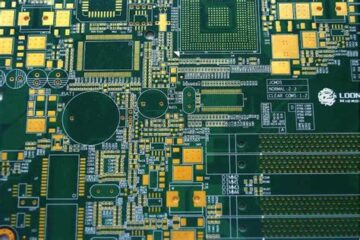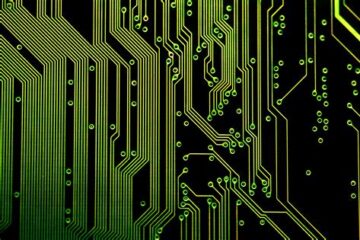PCBA
A Guide to PCBA: Definition, Types, Applications, and Process
What is PCBA? PCBA stands for Printed Circuit Board Assembly. It refers to the process of attaching electronic components to a printed circuit board (PCB) to create a functional Electronic Assembly. The PCBA process involves several steps, including placing components on the PCB, soldering them in place, and testing the Read more…
